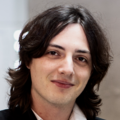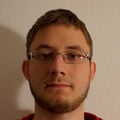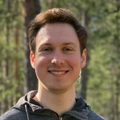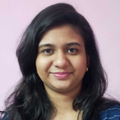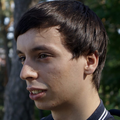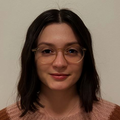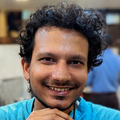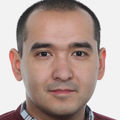The Correlated Quantum Materials (CQM) group focuses on theoretically studying emerging quantum phenomena in quantum materials. The core of our research focuses on the theoretical design and engineering of new quantum materials with exotic properties that are hard to find in natural compounds. Specifically, we are working on designing quantum materials featuring exotic quantum phenomena, including unconventional superconductivity, symmetry-broken states, topological states, unconventional magnetic order, and fractional emergent quantum excitations. For this purpose, we combine theoretical methodologies from condensed matter physics, quantum many-body physics, quantum chemistry, machine learning, and materials science. The research of my group focuses on three core directions:
(1) To design and engineer exotic phenomena in van der Waals quantum materials
(2) To theoretically explore the emergence of new physics in interacting quantum many-body systems
(3) To develop machine learning algorithms to tackle open problems in quantum materials
These research lines focus respectively on specific directions in material science (1), condensed matter physics (2), and machine learning (3). As part of these three research lines, we pursue a variety of method development, including low-energy electronic structure methods, first principles methods, variational quantum many-body algorithms, and neural-network methods for quantum systems. These three research lines share strong synergies between themselves, often benefiting from common project and method developments. Besides our theory work, we often collaborate with experimental research groups to design quantum materials in general, and van der Waals materials in particular.
Current main research lines:




